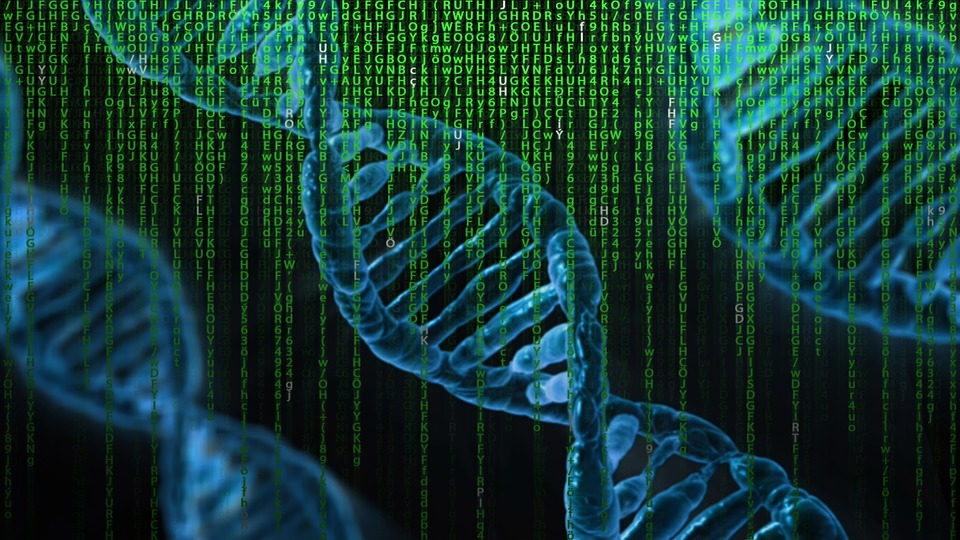Heritable Human Genome Editing? It May Never Be Safe
By Katie Hasson,
Impact Ethics
| 12. 04. 2020
The “CRISPR babies” announced in headlines around the world recently turned two years old, and we still know nothing about their health or wellbeing. Debates continue about whether the societal risks of heritable genome editing are too great to proceed, as do calls for broadly inclusive public participation in such deliberations. In the meantime, we’ve been learning a lot about what can go wrong when using CRISPR to edit human embryos.
In October, the journal Cell published an article describing significant damage to human embryos edited with CRISPR. The experiments conducted in Dieter Egli’s lab at Columbia University found unintended rearrangements or deletions of large stretches of DNA at and around the targeted site. In some cases, the deletions were so large that an entire chromosome was lost. As one headline plainly put it: “In Embryos, Crispr Can Cut Out Whole Chromosomes—That’s Bad”.
The Cell article is the published version of a pre-print paper that, along with two others from Kathy Niakan’s and Shoukrat Mitalipov’s labs, received significant attention in June. At that time, Heidi Ledford...
Related Articles
By Aisha Down, The Guardian | 11.10.2025
It has been an excellent year for neurotech, if you ignore the people funding it. In August, a tiny brain implant successfully decoded the inner speech of paralysis patients. In October, an eye implant restored sight to patients who had...
By Jessica Hamzelou, MIT Technology Review | 11.07.2025
This week, we heard that Tom Brady had his dog cloned. The former quarterback revealed that his Junie is actually a clone of Lua, a pit bull mix that died in 2023.
Brady’s announcement follows those of celebrities like Paris...
By Heidi Ledford, Nature | 10.31.2025
Late last year, dozens of researchers spanning thousands of miles banded together in a race to save one baby boy’s life. The result was a world first: a cutting-edge gene-editing therapy fashioned for a single person, and produced in...
By Lauran Neergaard, AP News | 11.03.2025
WASHINGTON (AP) — The first clinical trial is getting underway to see if transplanting pig kidneys into people might really save lives.
United Therapeutics, a producer of gene-edited pig kidneys, announced Monday that the study’s initial transplant was performed successfully...




